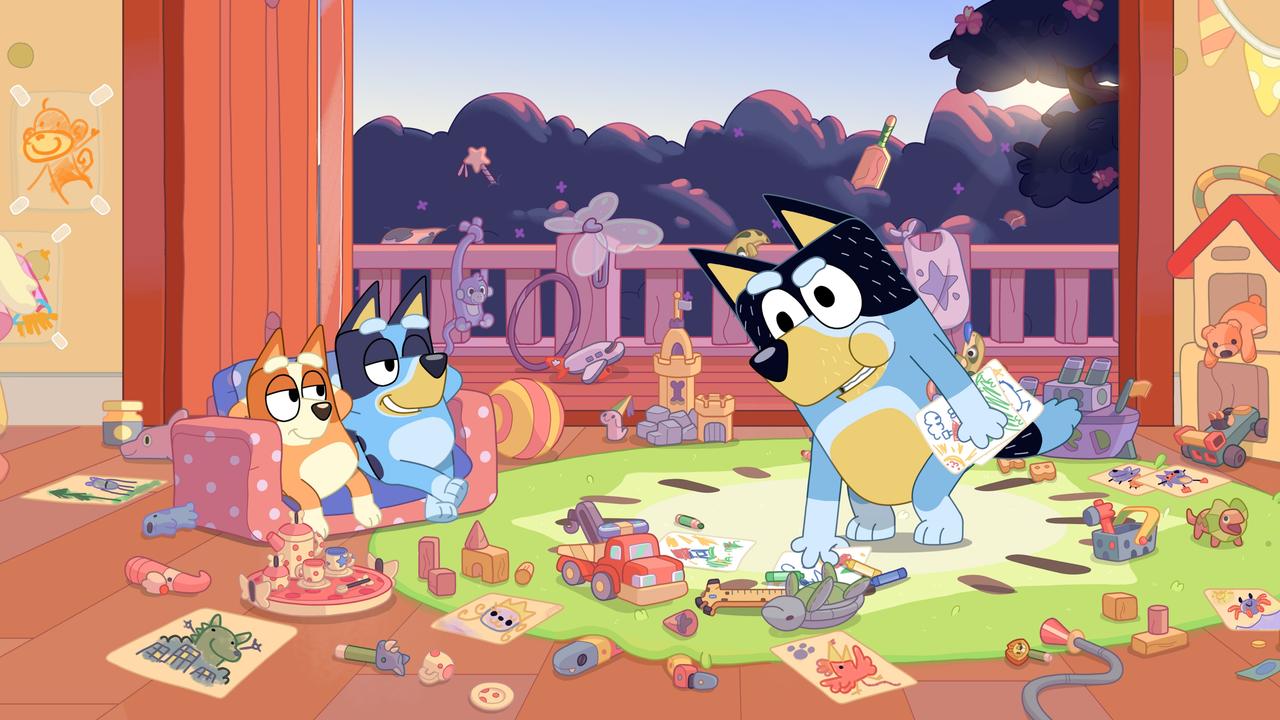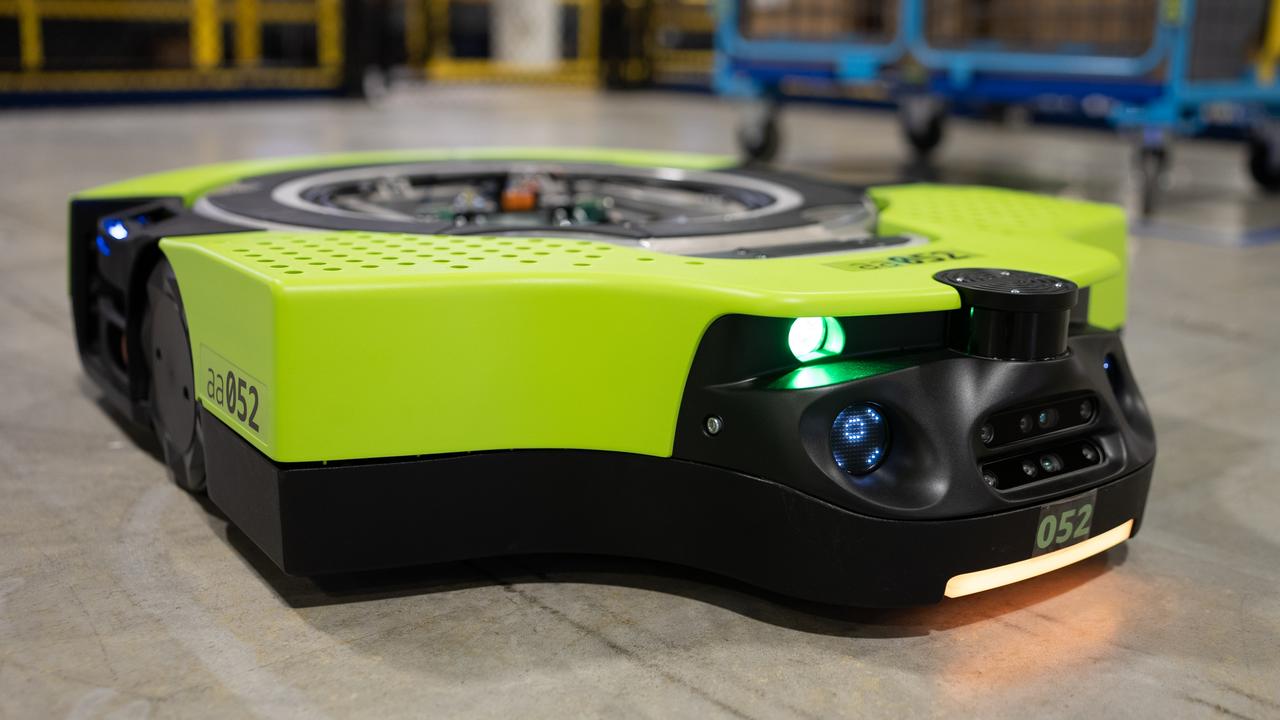Robots can’t replace human intelligence, Amazon lead says
Beloved Aussie cartoon Bluey distils the morals of robots’ impact on humanity, according to one of the world’s leading experts.

Beloved Aussie cartoon Bluey provides an important message about the morals of robotics and its impact on humanity, according to one of the industry’s leading minds.
Mikell Taylor, Amazon Robotics’ principal tech program manager, says the machines we see in science fiction films are a long way from the autonomous creations that are found in workplaces around the world.
She told news.com.au the lifelike robots of the silver screen were an exploration of our psyche and have in some ways shown engineers “what not to do” – instead of laying a blueprint to replace humans.
“Sci-fi goes immediately to human form factors, right? We want Commander Data from Star Trek, we want C-3PO (from Star Wars),” she said.
“That’s actually not necessarily the best form factor for a lot of jobs.”


Ms Taylor said robots created by Amazon, such as the autonomous Proteus bot, have been designed from the ground up to work alongside people and perform more menial tasks.
“Human brains are incredible. Human hands are incredible,” she said.
“And it is impossible to reproduce that kind of dexterity and that intelligence with robots.
“So in those areas of the warehouse where we want people and we need people to do a lot of really good work, but we still have heavy things to lift or heavy things to move, now we have a type of robotics we can put in there to do that heavy lifting to do that movement, while preserving the ability of people to be in that space and do the jobs they’re doing.”


Like many of today’s parents, Ms Taylor and her Australian husband admit they enjoy watching Bluey – sometimes even after their children have gone to bed.
She said two episodes – Daddy Robot and Bin Night – provided interesting commentary on what we choose to automate.
“They are a device through which to explore people’s relationship with technology, the way that our logic of intelligence differs from machine logic and intelligence and maybe what not to do from a robotics perspective,” she said.
“And I like the way Bluey just so neatly distil that down to this easy-to-consume, kid-level thing. I thought it was masterfully done.”

Amazon uses 750,000 robots across its network of fulfilment centres worldwide, with one billion packages sorted by its Robin system in 2022.
Its first fully-autonomous robot, the disc-shaped Proteus, was a leap forward for the company as it can operate in the same space as people without the need for physical boundaries.
The machine uses “advanced safety, perception and navigation technology” to detect when a human is near while it carries carts full of packages.
Ms Taylor, who was a lead on the Proteus project, said human workers treated the bot as just a different kind of colleague to look out for on the warehouse floor.
“They’re still extremely busy every day at the site where Proteus is and they just, you know, it’s something else moving carts next to the people moving pallets” she said.
“I think that that people appreciate that it’s taking on some of the workload, especially during the busier periods.”

Amazon is one of the global megacompanies investing in technology like robotics and AI, giving us hints at what the future of the workplace might look like.
Not all experiments have been successful at first, such as AI-powered drive-throughs tested by McDonalds at more than 100 restaurants in the US.
It was shelved after customers complained of the machines getting their orders wildly wrong, but McDonalds and other fast-food operators have pledged to integrate AI in the future.
Ros Cameron, director of the Centre for Organisational Change and Agility at Torrens University Australia, told news.com.au this year the mass rollout of this kind of consumer-facing technology was “a double-edged sword”.
“Obviously this technology improves efficiencies and productivity, but it will come at the cost of workers,” she said.
“Fast food outlets are where high school students, uni students, the semi-skilled get employment and work experience.”
Analysis from Goldman Sachs estimates that if AI continues on its promised capabilities, it could “expose the equivalent 300 million full-time jobs to automation”.
Ms Taylor, who has been building robots for 20 years, understands the sense of “anxiety” some workers might feel amid the rise of tech but says “there’s still so much that we need people for”.
“I think it’s actually a really good and positive future for everyone and I am excited about the jobs it’s going to create a new work for people who are interested in getting into that kind of technology,” she said.





